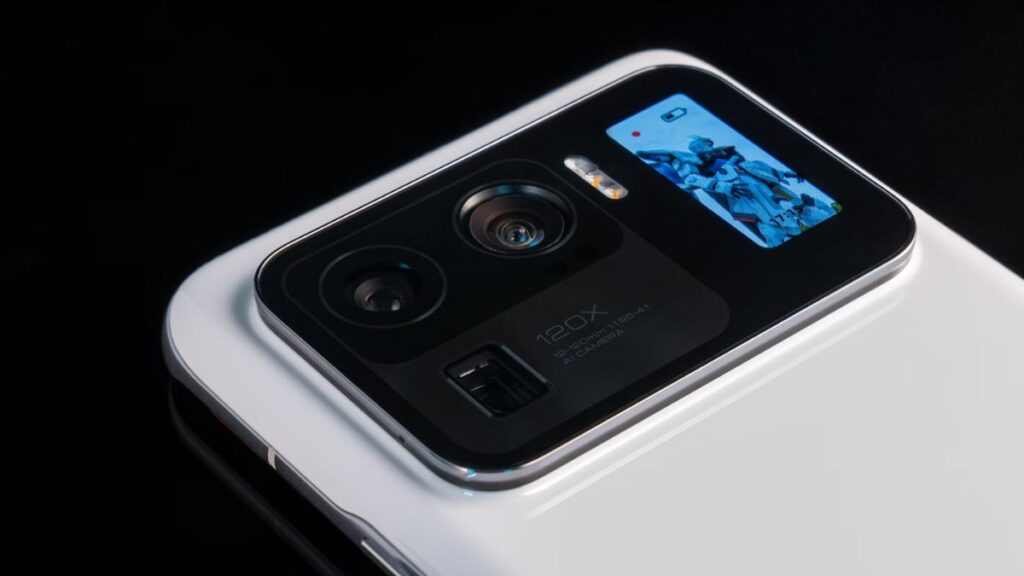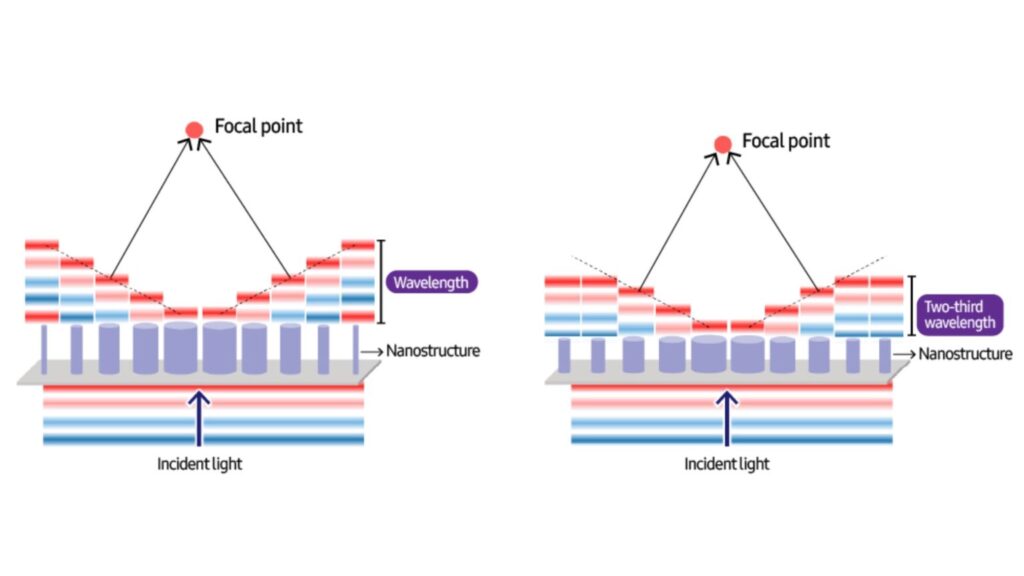Samsung Metalens Could Make Ultrathin Phones and XR Devices

Samsung is taking a big step toward making phones and XR devices slimmer with its new Metalens technology. Developed in collaboration with Pohang University of Science and Technology (POSTECH), the Metalens could significantly reduce the size of camera bumps on smartphones and the weight of extended reality (XR) headsets.
The breakthrough lies in how the Metalens manipulates light. Unlike traditional lenses that rely on curved glass, Metalens uses nanostructures smaller than a human hair to precisely control light. This allows for thinner, lighter devices without compromising image quality. In simple terms, it’s a way to get the same sharp images but in a much smaller package.
Samsung and POSTECH demonstrated the technology by creating an ultra-compact infrared eye camera for XR devices. Using Metalens, they reduced the lens thickness by 20%, from 2 mm to 1.6 mm. The research, published in Nature Communications, was led by Dr. Jeong-Geun Yun from Samsung Research and Professor Junsuk Rho from POSTECH, with Hyunjung Kang as co-first author.

One of the major challenges was the nanostructures’ aspect ratio. For consumer devices, sensors need nanostructures with very high aspect ratios, which are hard to make and easy to break. Samsung’s team managed to cut this ratio roughly in half without losing optical performance, making the technology more feasible for real-world devices.
This innovation could pave the way for a new era of ultrathin smartphones and lightweight XR devices, potentially eliminating the protruding camera bumps that have been a common design compromise for years. Samsung’s Metalens could be a key step in the next generation of sleek, futuristic gadgets.









